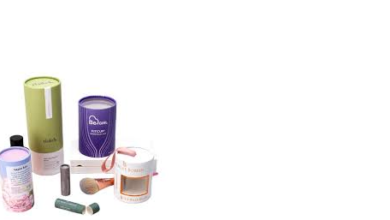Exploring the Popularity of Snug Piercings

Snug piercings are a new trend that involves getting a hole through the protrusion of cartilage, known as the anti-helix. It’s similar to a rook piercing but much smaller. It takes about four to six months for a snug piercing to heal. Infection, keloids, and rejection are the risks. Once healed, you can swap out the initial curved barbell for a ring.
It’s Comforting
Snug piercings are a great option for those looking to add flair to their ear lobes. They are much less painful than rook piercings and can be easily maintained with proper aftercare. However, they can still cause some discomfort and swelling. If you experience pain or swelling, take ibuprofen and consult your piercer. It is also important to clean the piercing twice daily with a saline solution and avoid rotating or snagging it.
This piercing can take up to six months to heal properly, so it’s essential to visit a reputable piercer and keep up with the maintenance. If neglected, this piercing can become infected and lead to other issues such as rejection or keloid. If you decide to get a snug piercing, your piercer will most likely use a curved barbell. Once healed, you can swap it out for a circular barbell, horseshoe ring, or captive bead ring to change the look.
It’s Unique
As mentioned above, snug piercings are a unique and eye-catching way to express individuality. Cartilage piercings go through the anti-helix, a vertical protrusion of the ear’s inner ear above the helix and across from the tragus.
As such, the snug piercing can be adorned with a wide range of jewelry designs. Small curved barbells are the most popular choice, and they can be made with double beads to make a statement. It’s important to note that you shouldn’t rotate or twist your snug piercing while it’s healing, as this can cause trauma and encourage issues like piercing rejection. Be sure to follow your piercer’s recommendations for aftercare. This includes using only saline solutions and avoiding cotton swabs and hydrogen peroxide cleansers.
It’s Painful
Getting a snug piercing is a fairly painful procedure. While everyone’s tolerance for pain varies, this is because the piercing punctures a tough cartilage ridge. It also requires a specific ear anatomy; some people’s helixes are too tight to accommodate a snug piercing.
The piercing should only be done in a well-healed ear. You’ll also want to avoid using products like hydrogen peroxide, alcohol, and Neosporin on the area until it heals, which can cause irritation and scar tissue.
It’s important to leave the piercing alone as much as possible, as touching it will cause friction and prolong the healing process. Instead, clean the piercing with a saline solution made from distilled water and non-iodized salt. This will help prevent infection and promote healing.
It’s Versatile
Unlike other piercings such as the daith, tragus, and conch, the snug sits lower on your ear’s cartilage. This makes it more versatile as a standalone piercing or a complement to other piercings.
While it can be a standalone piercing, the snug is also great for wearing jewelry in various styles. Small curved barbells are typically the jewelry of choice for this piercing. However, you can also wear a hoop or a circular captive bead ring for an even more eye-catching look.
While it’s not as common as the helix, tragus, or conch, the snug is an excellent addition to your curated earring collection. Just be sure to consult with an experienced piercer before you get one. This will help minimize pain and increase your chances of healing quickly, with minimal side effects like bumps or migration.
It’s Affordable
Piercings have been a part of many cultures across the globe for centuries. Though piercing the anti-helix is not new, it’s currently making waves among millennials as an accessory that can amplify your style. Small curved barbells are typically used for this type of piercing, and they come in various colors and styles to suit your aesthetic. Once the piercing heals, you can swap out the initially curved barbell with a ring that wraps around the anti-helix and adds more visual interest to your ear.
Read More for valuable information.




